
March into any photo supply shop and get the biggest and baddest one you can afford. Don't worry. It would be extremely difficult to find one that doesn't fit your camera.

Now you know!
Keerok

March into any photo supply shop and get the biggest and baddest one you can afford. Don't worry. It would be extremely difficult to find one that doesn't fit your camera.

Now you know!
Keerok


Now you know!
Keerok
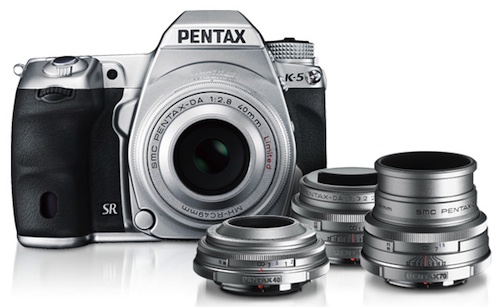
I say either way. It's all about getting comfortable with your equipment. If you can shoot comfortably with what you have then you don't need to buy anything.
Lots of people only buy a new dSLR because it's there. They most often regret it saying they want their old camera back because they love using it more. If you are wanting a feature found on a newer model that you think can help you shoot much easier then by all means, get a new body. If not, you would be better off saving for a new lens instead.
As for lenses, you only buy if you find that your existing lenses are giving you difficulty on taking a specific shot. Let's say you only have the 18-55mm kit lens. It's good for almost everything but if you always want to get closer without leaving your spot, get a longer lens, longer than 55mm. If you continuously step back to get more of the scene, get a wider lens, wider than 18mm. If you are finding yourself shooting more frequently in low light conditions, get a faster lens, one that has a lower f/number than 3.5. If your interest is to make small subjects look large then get a macro lens, one that gets as close as you want to your subject.
Different lenses have different uses. You don't have to get them all. Some people actually believe in using just one lens ever!

You should realize that photography is nothing more than an act of capturing light. The more light you have, the better chances of getting a decent picture.
On the other hand, the less light you capture, the more noise or grain the picture will have, the more chances for blur to happen, and the poorer the picture will be. Bear in mind that what is low light to you may as well be pitch black darkness to the camera already. Learn to compensate.
If you are in the dark and want to improve your pictures, move to a better lighted area or turn the flash on. If flash is too strong, simply step back and try again.
Now you know!
Keerok
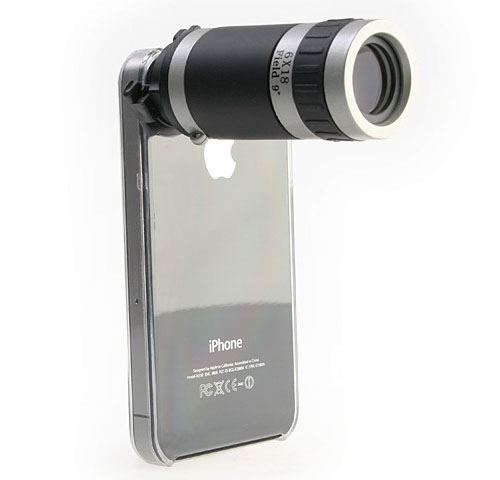
The root of your problem lies in the fact that you are trying to take a picture with a phone. In case you didn't notice yet, what you have is not a camera.
If you want better pictures, get a real camera.
Now you know!
Keerok

The root of your problem lies in the fact that you are trying to take a picture with a multi-function device. In case you didn't notice yet, what you have is not a camera.
If you want better pictures, get a real camera.
Now you know!
Keerok

Indulge yourself by using the Search box at the top of Yahoo's page to seek the information you are looking for.
And then you shall know!
Keerok

At IrfanView, File-Thumbnails. Then at Thumbnails, select pictures you want to include in the contact print (Ctrl+Click), File-Create contact sheet from selected files.
Now you know!
Keerok

The date stamp is relic of the old film days. In this digital age, it's considered as an ugly mark on the picture. All digital pictures saved in JPEG format will have the date included in the EXIF data embedded in the file itself. You can use most capable graphics programs to view that information.
A few old compact cameras still have it. There should be a menu item buried somewhere in the camera's menu system to enable the date stamp. If there is none, you can put the date there yourself using this.
Now you know!
Keerok

Use Image-Rotate Left, Rotate Right or Custom/Fine Rotation.
Now you know!
Keerok


Even if you intend to manipulate the picture in the computer, you still have to get the best possible quality in-camera. Computer manipulation can only do so much.
Now you know!
Keerok

You probably already have the 18-55mm f/3.5-5.6 kit lens. It should be enough for most shooting conditions but admittedly, it's not enough for some rare moments.
If you find yourself backing up more often because you want to get more then get a wide angle lens, wider than 18mm. If you constantly yearn to get closer to your subject but can't, get a telephoto lens, longer than 55mm. If you are hoping to get more out of relatively low light or are wanting to blur backgrounds more easily when doing portraits, get a faster lens with an f/number lower than f/3.5 like the 50mm f/1.8. If you want to make small objects seem big then get a macro lens. It's all about what you want to do that your existing lens or lenses keep holding you back on.
Here's how to look at lenses properly.
Now you know!
Keerok

What you have there, my dear, is an excellent paperweight.
Now you know!
Keerok
|
An SLR camera is defined by the presence of a Reflex Mirror and a Pentaprism (or Pentamirror). They work in tandem. Take away one and it's no longer an SLR camera. It is exactly the same in both film and digital versions. Which means there couldn't possibly be a semi-SLR or semi-dSLR camera.
What there are however are hybrid cameras which lack both of those parts. Examples are the Mirrorless Interchangeable Lens Camera (MILC), Electronic Viewfinder Interchangeable Lens camera (EVIL), Single Lens Translucent mirror camera (SLT) and Compact System Camera (CSC). All of them have at least an APS-C sized sensor and a replaceable lens much like those used in a real dSLR. The ones that use a smaller sensor and don't have an interchangeable lens system are called bridge cameras. They resemble miniature dSLR's in form but are actually dressed-up point-and-shoot cameras. Bridge cameras however have the distinction of having the most zoom in the world of photography. Now you know! Keerok |

SLR camera
|

Shame on you! Yahoo is primarily a search utility. Use the Search box or click on the image below.
You didn't know?
Keerok

He does not make film or cameras.
Fuji is the world-reknown mountain in Japan. A brand of film was named after it, Fujifilm. The company has since expanded to making cameras.

Fujifilm makes excellent quality slide film but their digital point-and-shoot cameras, although easy to use, don't last very long. Their dSLR's are great though but they have already discontinued making them years ago.
Now you know!
Keerok
Although both still and video cameras seemingly share the same parts, a still camera is set up to take just one clear picture while a camcorder is optimized to shoot continuously. If forced to do the job of the other, controls will be different and lacking and results won't be as ideal as it should be.
This is how the best camera for picture taking looks like.
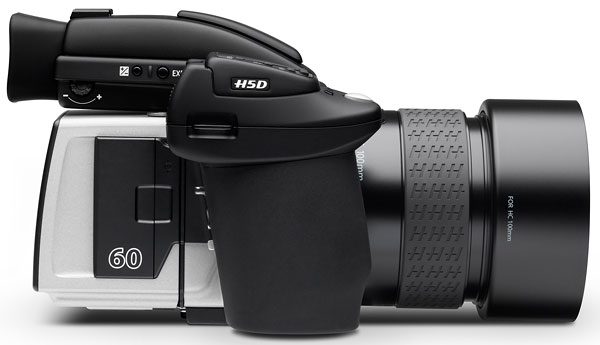
A great camcorder for taking videos looks like this.

Click on the pictures to see a list of cameras under that category.
Now you know!
Keerok



Now you know!
Keerok

The best would be a normal/standard angle of view lens. That would be 35mm for APS-C dSLR's and 50mm for full frame. Personal preference though depends on how close or how far you want to be from your subject.
The range of focal lengths then goes from normal/standard to short telephoto. For APS-C dSLR's that would be 35mm to around 55mm. In full frame it goes from 50mm to 80mm. Some photographers still want to go further so it's not unlikely to see 100mm used in portraits.
How much of the subject will be in the photograph is also considered. For whole body portraits, a shorter focal length lens is better. For close-ups, a longer focal length is used.

Wide angle lenses are avoided because of the distortion levels they bring.
So where does the 18-55mm kit lens stand in terms of portraits? Almost perfect. It has 35mm to 55mm. If you know exactly how to use it, you can get great portraits with the kit lens.
For blurring the background, see this.
Now you know!
Keerok

Sports mode should work under lots of good light. If it doesn't and you have an adjustable camera, try setting it to aperture-priority mode, ISO 1600 and the lowest f/number. This will assure you get the fastest shutter speed for that given light and ISO. Take a shot. To reduce blur further, adjust ISO upwards. Be warned that the higher the ISO, the more noise or grain the picture will have. Below is a picture shot at ISO 12800.
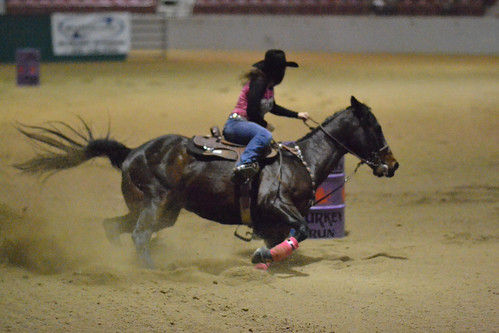
Now you know!
Keerok

The computer is more accurate. It's still exactly the same picture. Nothing has changed. The camera's LCD is so small it tends to hide errors. Even huge errors like some blurred shots show up nicely in the camera. If you want a better idea of how the picture really looks like in the camera, zoom in during preview.
Now you know!
Keerok

The kit lens is enough for most common shooting conditions. Not convinced? Look here.
Now you know!
Keerok

Don't buy even if complete strangers tell you to do so. There's a reason the cheapest isn't the best all the time. Peace of mind has a price.
Compare the price with what B&H offers. They are a very trustworthy store that has been around for the longest time. Their prices are considered competitive and definitely not suspiciously low or ridiculously high.

Now you know!
Keerok


It's shaped as a grip (handle) to orient the camera sideways for shooting portraits. A second shutter release button is found on the grip.
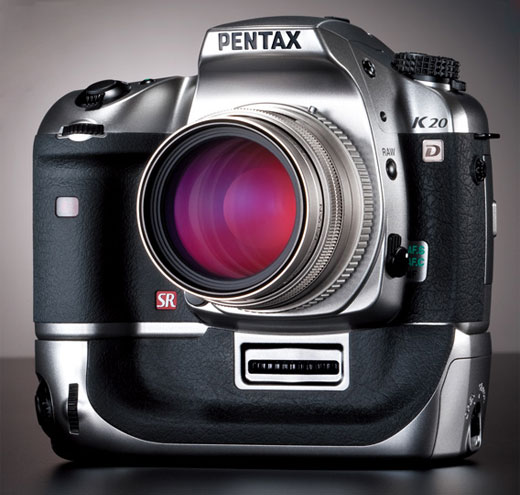
Here is a battery grip installed at the bottom of the dSLR.
Now you know!
Keerok

It ERASES everything in the memory card. Permanently!
Formatting is important to organize the file system of your storage device. If not performed, your files (pictures, videos, etc.) will get corrupted and won't be saved or copied completely. You will lose them. There is no recovery method for those.

You can format using the device or in the computer. When formatting 2GB and up, set to FAT32 first (even with Mac's).
Now you know!
Keerok

Even if handed a $45,000 medium format digital single lens reflex camera, a person who knows nothing about the basic principles of photography will get crappy pictures. It's what you know that matters. The camera is only a tool. All cameras have the capability to take good pictures. You have to know what to do with them to do so.
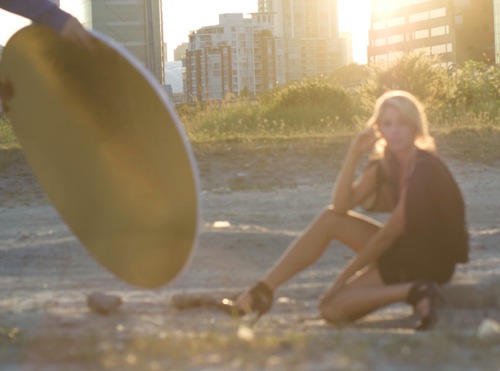
So the next time you want to blame the camera for a terrible shot, don't curse it. It's you. It's all you.
Now you know!
Keerok
![]()
If you thought that by replacing your old camera with a new one, you'll get better picture quality then there's where most people go wrong. Image quality depends mostly on the photographer's skill. The camera is only a tool.

The real upgrade in dSLR terms is to buy more lenses. That way you increase your flexibility as a photographer. More varied lens focal lengths will allow you to use the best lens possible for each shot you make.

Now it doesn't work. What part of drop don't you understand? It doesn't matter how low or how high. A dropped camera is broken. Throw it away and go buy a new one. Repairs are more expensive.
It still works? Okay, lucky you. Let's see how long that statement will hold true.
Now you know!
Keerok